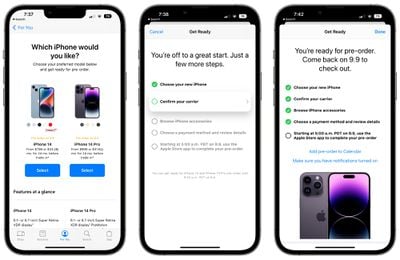In this wonderful, yet complex world of social media, understanding how we can create better content, deliver more meaningful engagement, and strategize campaigns is an ongoing conversation. It not only involves understanding behaviors and decisions when users are actively engaging on the platforms but deeply understanding the values embedded that compel them to participate in the first place.
In the newly published Hidden Psychology of Social Networks, Joe Federer, former head of Brand Strategy at Reddit uses evolutionary science and psychology to help marketers grasp the ways our ideas and behaviors shift and our sense of self evolves as we use different social platforms. The notion that who we play online is not a full representation of ourselves is a theme Federer unpacks across the three sections of the book.
He starts to tackle this theme in a deep dive of meme culture and evolutionary biologist Richard Dawkins’ “The Selfish Gene.” Through an elaborate comparison to how genes make up the building blocks of living organisms, Feder explains how memes set the foundation for the broader ideas that make up our society and culture and that few understand meme culture from the inside. He adds, “like any culture, it’s extremely difficult to fool the natives into thinking we’re locals…More often, we compare ourselves to our competitors, and they’re usually no more native to the environment than we are.” Meme culture isn’t for everyone and consumers are quick and easy to decipher when an effort is too forced — but this shouldn’t deter you from testing the waters and seeing where white spaces may exist to deliver value.
Beyond utilizing success stories from campaigns of leading brands including Heinz, Dove, and Ziploc, Federer takes the insights a next level deeper — layering in context from Freud’s models of the Id, Ego, and Superego and how these manifest online through the “ideal self” the “managed self” and the “true self.” In this way, he leaves readers with not only a theoretical groundwork from which to evolve in their careers but with tactical lessons to employ immediately.
Here are a few important takeaways to note:
- Create with a specific, desired action in mind and be deliberate, efficient, and frictionless in your delivery
- Be fearless when it comes to adding to the user experience — break out of the advertiser comfort zone
- The format of your content is just as important as the subject of your content — choose a channel and format that allows people to derive the value of your message directly in their feeds without interruption or distraction
- Create synergy between right and left brain strategies when possible. In the left brain, for instance, we create representations of ourselves via the Ego and Superego to define ourselves to the world — our offline selves that define us socially. This results in us engaging with radically different kinds of content compared to a network organized around ideas and common interests allowing us to be anonymous
- The best-in-class campaigns utilize social listening and maximize efficiency by having a clear and specific goal for each component but that also has some bearing on the overall outcome
- In an age where brands are quickly called out for not acting in accordance with their purpose, transparency isn’t enough. Take the time to carefully establish what this mission is, then find a way to convey this story in a way that consumers can use to help brand themselves across social channels
While Hidden Psychology provides a helpful compass for navigating the current social media landscape, it is also a powerful reminder for marketers to, amidst the trends and shiny new objects, get back to the basics. What does highly successful marketing look like? It takes into account what people value, it interprets why it has value, and then uses that information to create stories that will genuinely be enjoyable and organically spread.
To connect with Joe about the book, check out his Twitter and LinkedIn:
- @joefederer
- https://www.linkedin.com/in/joefed/













